 |
 |
 |
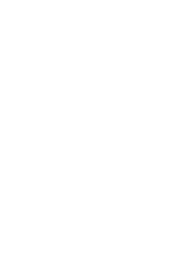
|
Saint Laurent Rive Gauche, pajama set, printed silk crepe, c. 1970, France, Museum Purchase; (right) Halston, pajama set, printed crepe de Chine, c.1976, USA, Gift of Ms. Gayle Osman.
|
|
 |
YVES SAINT LAURENT + HALSTON: FASHIONING THE ’70S
6/2/2015-18/4/2015
The Museum at the Fashion Institute of Technology (FIT) presents Yves Saint Laurent + Halston: Fashioning the ’70s, an exhibition that celebrates the two designers who defined the sexy and glamorous fashions of the 1970s. This is the first exhibition to juxtapose their work and analyze the way they dealt with similar themes and aesthetics during the height of their careers. Both designers are equally represented by the approximately 80 ensembles and 20 accessories that are arranged thematically in an environment designed to evoke the style of this singular, dynamic era in history.
|

|
Posted 7 January 2015
|
Share this:
|
|
The 1970s was a time of momentous change in fashion, not only in the look of clothes but also in the way they were designed, made, distributed, and consumed. This dichotomous decade—sandwiched between the counterculture 1960s and the opulent 1980s—witnessed the demise of haute couture’s majestic reign and the simultaneous ascension of designer-led conglomerates. The shifting sands of style during the 1970s accelerated the relaxation of fashion codes. Eclectic individuality blended with a somber modernity that mirrored the dour economic mood of the decade’s early years. Perhaps because the 1970s was a period of such transition and uncertainty, its fashions are among the most challenging in modern fashion history to assess.
|
|
|
|

|

|

|
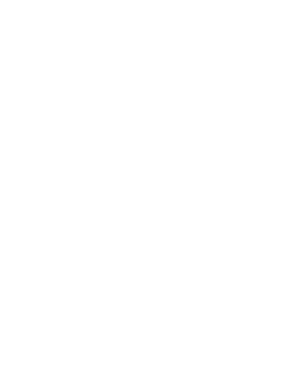
Halston, dress, printed knit cotton, c.1976, USA, The Museum at FIT, 91.41.1, Gift of Ms. Gayle Osman; (right) Yves Saint Laurent, dress, printed silk chiffon, 1971, France, The Museum at FIT, 86.126.14, Gift of Lauren Bacall.
|
|
The 1970s was a time of momentous change in fashion, not only in the look of clothes but also in the way they were designed, made, distributed, and consumed. This dichotomous decade—sandwiched between the counterculture 1960s and the opulent 1980s—witnessed the demise of haute couture’s majestic reign and the simultaneous ascension of designer-led conglomerates. The shifting sands of style during the 1970s accelerated the relaxation of fashion codes. Eclectic individuality blended with a somber modernity that mirrored the dour economic mood of the decade’s early years. Perhaps because the 1970s was a period of such transition and uncertainty, its fashions are among the most challenging in modern fashion history to assess.
|
|
|
|
|

|

|

|
No two designers defined and dominated the decade more than Yves Saint Laurent and Halston. They were the era’s most influential and celebrated clothing creators, becoming celebrities in their own right. Both have been the subject of countless books, articles, films, and exhibitions. Yet for all the justifiable attention and study they have received, the fashions created by Saint Laurent and Halston have not before been directly compared in an in-depth, significant way.
|
|
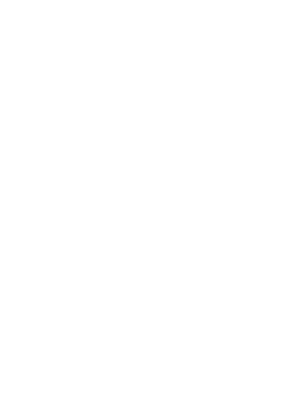
Halston, evening ensemble, purple cashmere, c. 1973, USA, Gift of Elizabeth Pickering Kaiser.
|
|
|
|

|

|

|
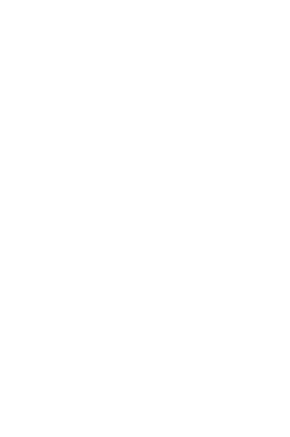
Yves Saint Laurent, evening dress, black, fuchsia and teal satin, velvet, and taffeta, 1976, France, The Museum at FIT 84.145.1, Gift of Mrs. Edwin Hilson
|
|
Yves Saint Laurent + Halston investigates how Yves Saint Laurent and Halston arrived at their now iconic styles by engaging with similar themes of menswear, exoticism, and historicism during the 1970s. While today they are considered diametrically opposed—Saint Laurent is viewed as the great colorist who imbued his clothes with a sense of drama and fantasy, while Halston is seen as the era’s master of modernism and minimalism—the aesthetic similarities between their designs during the 1970s, particularly at the start of the decade, are undeniable.
|
|
|
|
|
|
As their styles matured, Saint Laurent and Halston gradually diverged so that by the end of the decade, their respective output contained looks that were distinct to each designer.
The entry room of the exhibition traces Saint Laurent’s and Halston’s careers in a dynamic illustrated timeline. Though very different in their output, the two shared many career parallels, particularly their rises and falls, from the onset of their careers in the 1950s to their respective struggles in the 1980s, which were eerily in sync.
|
|
|
|
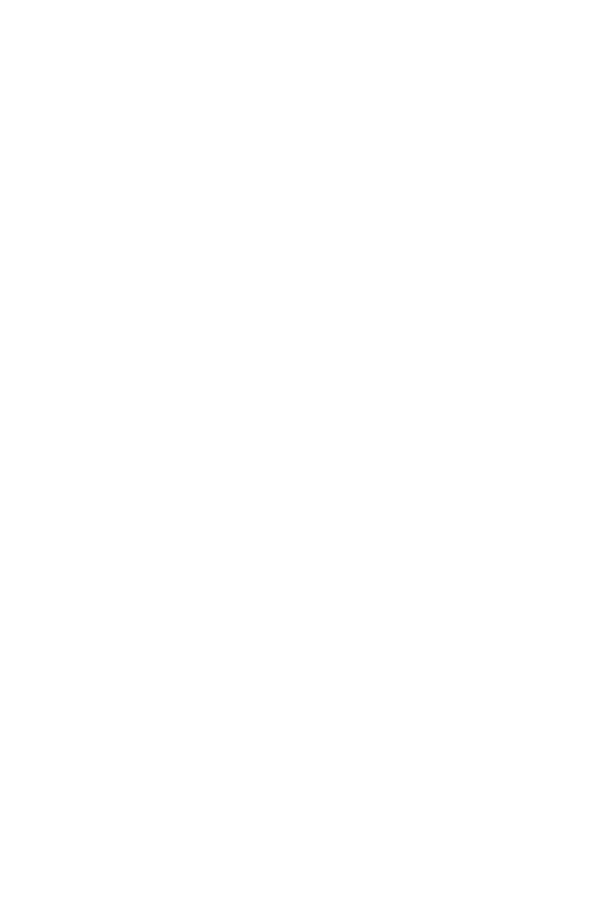
Halston, evening dress, sequined polyester, 1974, USA, The Museum at FIT 80.128.12, Gift of Celanese
|
|
|
|

|

|

|
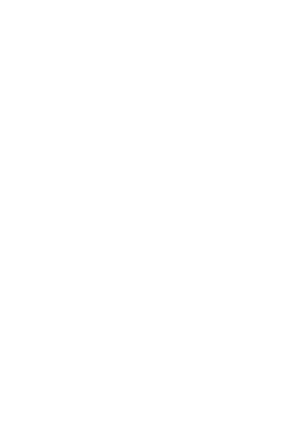
Saint Laurent Rive Gauche, "safari" jacket, khaki, 1968, France, Gift of Mary Russell
|
|
The first section in the exhibition demonstrates how Saint Laurent and Halston drew on menswear when creating clothing for women. After the debut of his Le Smoking woman’s tuxedo in 1966, Saint Laurent’s experimentation with menswear reached a zenith in the 1970s. He played on different archetypes including the pinstripe “gangster” suit, safari jacket, and utilitarian jumpsuit throughout the decade to create looks that have become synonymous with a Saint Laurent style. Likewise, menswear informed many of Halston’s best-known designs, including his most famous garment, the Ultrasuede shirtwaist dress. These classic pieces included cashmere turtlenecks, matching cardigans, Ultrasuede jackets, and trim trousers, which reflected Halston’s own subtly unisex style.
|
|
|
|
|

|

|

|
The first section in the exhibition demonstrates how Saint Laurent and Halston drew on menswear when creating clothing for women. After the debut of his Le Smoking woman’s tuxedo in 1966, Saint Laurent’s experimentation with menswear reached a zenith in the 1970s. He played on different archetypes including the pinstripe “gangster” suit, safari jacket, and utilitarian jumpsuit throughout the decade to create looks that have become synonymous with a Saint Laurent style. Likewise, menswear informed many of Halston’s best-known designs, including his most famous garment, the Ultrasuede shirtwaist dress. These classic pieces included cashmere turtlenecks, matching cardigans, Ultrasuede jackets, and trim trousers, which reflected Halston’s own subtly unisex style.
|
|
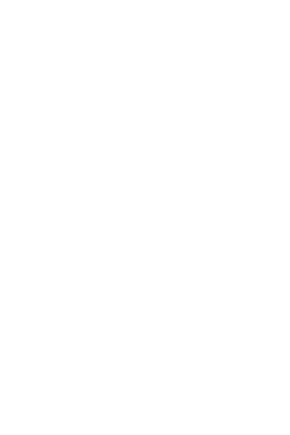
Halston, shirt dress, tan ultrasuede, 1972, USA, Gift of Mrs. Sidney Merians
|
|
|
|

|

|

|
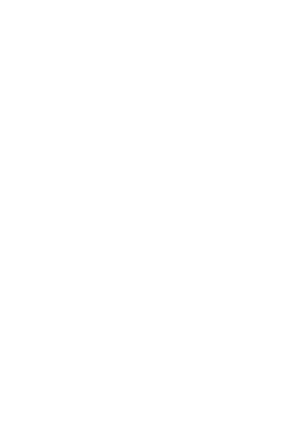
Halston, evening caftan, red beaded nylon, c. 1977, USA, Gift of Frederick Supper
|
|
The second section explores each designer’s use of exoticism during this period. Yves Saint Laurent’s Russian- and Chinese-inspired collections of the late 1970s, both of which are represented in the exhibition, were some of his most ornate and theatrical creations. The sumptuous looks that comprised these collections were an exercise in fashion fantasy that demonstrated Saint Laurent’s interest in the decorative power of the exotic. Halston, on the other hand, sought more subtle and substantive ways to incorporate non-Western costume that would push the boundaries of his construction. This resulted in garments such as his famous “sarong” dress made from a single piece of fabric spiraled around the body. Despite these opposing approaches, the two often arrived at similar incarnations of the exotic in the form of caftans and vibrantly colored pajama sets.
|
|
|
|

|

|

|
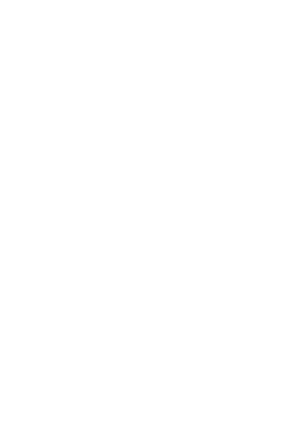
Saint Laurent Rive Gauche, smoking evening suit, black wool, satin, and off-white silk crepe, c. 1982, France, Gift from The Estate of Tina Chow
|
|
The exhibition also includes accessories designed to complement each designer’s clothing. While Saint Laurent’s accessories were created in-house and Halston’s were designed by his close collaborator, model, and friend Elsa Peretti, accessories were an important element for both. Highlights include a hat from Saint Laurent’s Russian-inspired collection and a “bone cuff” by Elsa Peretti for Halston.
This exhibition is organized by Patricia Mears, deputy director of The Museum at the Fashion Institute of Technology, and Emma McClendon, assistant curator of The Museum at the Fashion Institute of Technology, with Fred Dennis, senior curator of The Museum at the Fashion Institute of Technology.
The exhibition will be on view from February 6 through April 18, 2015.
|
|
|
|
|
|
The Publication
A more in-depth discussion of the themes represented in the exhibition will be articulated in the accompanying book, also titled Yves Saint Laurent + Halston: Fashioning the ’70s, by exhibition curators Patricia Mears and Emma McClendon and published by Yale University Press. Content will include essays by Patricia Mears and Emma McClendon, as well as senior curator Fred Dennis.
In addition to the main essays, Mears and McClendon contribute biographical chapters that document important milestones in the careers of Halston and Saint Laurent. Mears assesses Halston, while McClendon evaluates Saint Laurent. Additional sections by these authors describe and juxtapose key themes embraced by each designer, such as the influence of menswear, exoticism, and historicism. While curatorial research and conclusions reflect many findings commonly found in fashion publications about the work of Saint Laurent and Halston, they also reveal crucially important developments in their creative processes that have been minimized or ignored.
An essay by Fred Dennis documents the Saint Laurent and Halston holdings in The Museum at FIT and tells how these garments and accessories came to the collection—in particular the Halston archives, which reside in the Special Collections department of FIT’s Gladys Marcus Library, specifically the personal papers belonging to socialite and couture client Aimée de Heeren, and Nina Hyde, a leading fashion journalist active from the 1960s to the 1980s. In addition, Dennis documents the first major retrospective exhibition on Halston that was organized at The Museum at FIT in 1991 by the late curator Richard Martin.
The book concludes with McClendon’s detailed timeline of the designers’ parallel careers, beginning in the 1950s and concluding around 1990.
|
|

|

|

|
The Museum at FIT
The Museum at FIT, which is accredited by the American Alliance of Museums, is the only museum in New York City dedicated solely to the art of fashion. Best known for its innovative and award-winning exhibitions, the museum has a collection of more than 50,000 garments and accessories dating from the 18th century to the present. Like other fashion museums, such as the Musée de la Mode, the Mode Museum, and the Museo de la Moda, The Museum at FIT collects, conserves, documents, exhibits, and interprets fashion. The museum’s mission is to advance knowledge of fashion through exhibitions, publications, and public programs. Visit fitnyc.edu/museum.
The museum is part of the Fashion Institute of Technology (FIT), a State University of New York (SUNY) college of art, design, business, and technology that has been at the crossroads of commerce and creativity for 70 years. With programs that blend hands-on practice, a strong grounding in theory, and a broad-based liberal arts foundation, FIT offers career education in nearly 50 areas, and grants associate, bachelor’s, and master’s degrees. FIT provides students with a complete college experience at an affordable cost, a vibrant campus life in New York City, and industry-relevant preparation for rewarding careers. Visit fitnyc.edu.
|
|
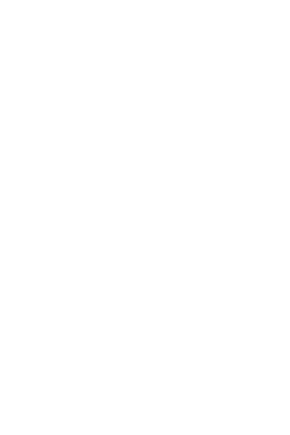
Yves Saint Laurent, ensemble, multi-color printed silk, 1977, France, The Museum at FIT 2006.35.2, Gift of Francine Gray.
|
|
|
|

|

|

|
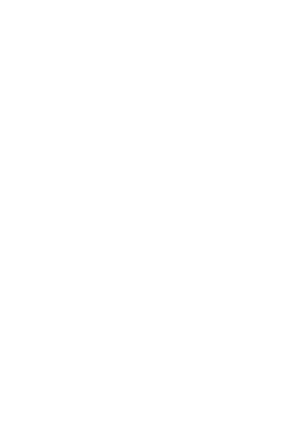
Halston, "sarong" dress and stole, gold hammered silk satin, 1976, USA, The Museum at FIT 82.3.9, Gift of Frederick Supper.
|
|
The Couture Council is a philanthropic membership group that helps support the exhibitions and programs of The Museum at FIT. The Couture Council Award for Artistry of Fashion is given to a selected designer at a benefit luncheon held every September. For information on the Couture Council, call 212 217.4532 or email couturecouncil@fitnyc.edu.
Museum hours: Tuesday–Friday, noon–8 pm; Saturday, 10 am–5 pm. Closed Sunday, Monday, and legal holidays.
Admission is free.
Exhibition Sponsors
Yves Saint Laurent + Halston: Fashioning the ’70s, has been possible thanks to the generosity of the Couture Council and the New York State Council on the Arts."
MUSEUM AT THE FASHION INSTITUTE OF TECHNOLOGY
Seventh Avenue 27 Street
New York City 10001-5992?
+1 (212) 217-7999
http://www.fitnyc.edu
|
|
|
|
|
|
|
|
|
|


